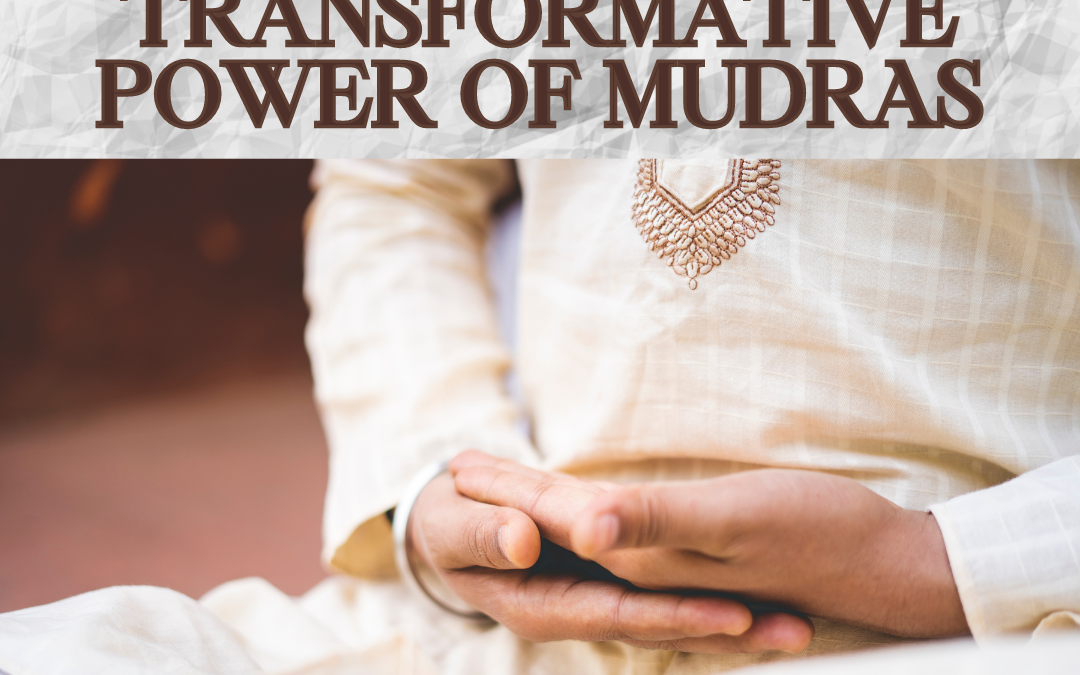In the intricate tapestry of ancient wisdom, mudras stand as silent yet powerful messengers, communicating with the very essence of our being. Originating from the Sanskrit word for “seal” or “gesture,” mudras are ancient hand positions that have been employed for centuries in various cultures as potent tools for spiritual, mental, and physical well-being. In this article, we embark on a journey to explore the profound and transformative power of mudras, unlocking the secrets to inner harmony and self-discovery.
The Art of Mudras:
Mudras are more than mere hand gestures; they are a profound language that connects the body, mind, and soul. Rooted in ancient Indian philosophy and yogic traditions, mudras are believed to channel the body’s energy in specific ways, fostering balance and harmony. The hands, being a reflection of the brain, are considered to be a microcosm of the entire body, making mudras a holistic approach to well-being. This reflection can also be seen in reflexology, where each part of the hand or foot represents an organ or part of the body.
Mudras and Energy Flow:
Central to the philosophy of mudras is the concept of prana, the life force that flows within us. By adopting specific hand postures and practice, practitioners can manipulate the flow of prana, redirecting it to various parts of the body to promote healing and balance. Just as a dam controls the flow of a river, mudras are believed to guide the energy currents within the body, preventing stagnation and promoting vitality. I see it as a self induced accupuncture practice. Both completely different practices, yet with a smilar claim of guiding, opening, or closeing the flow of energy.
Unlocking the Mind-Body Connection:
The power of mudras extends beyond the physical realm, delving into the intricate network of the mind-body connection. Each mudra is associated with specific mental, emotional, and spiritual benefits. From calming anxiety to enhancing concentration, mudras are revered for their ability to influence our psychological and physical state positively. By engaging in these simple yet intentional gestures, individuals can navigate the complexities of their inner worlds with greater ease.
Exploring Common Mudras:
Several mudras have gained popularity for their diverse applications in promoting well-being. The Gyan Mudra, formed by touching the tip of the thumb to the index finger, is renowned for enhancing concentration and knowledge. The Anjali Mudra, or prayer pose, fosters a sense of gratitude and connection. These gestures, when practiced regularly, are believed to unlock the potential for profound self-discovery.
Modern Applications:
In an era marked by technological advancements and the relentless pace of modern life, the ancient practice of mudras finds new relevance. From boardrooms to living rooms, individuals are incorporating these simple yet impactful gestures into their daily routines. Whether seeking stress relief during a hectic workday or cultivating mindfulness in meditation, mudras offer a versatile and accessible tool for those navigating the challenges of contemporary living.


Recent Comments